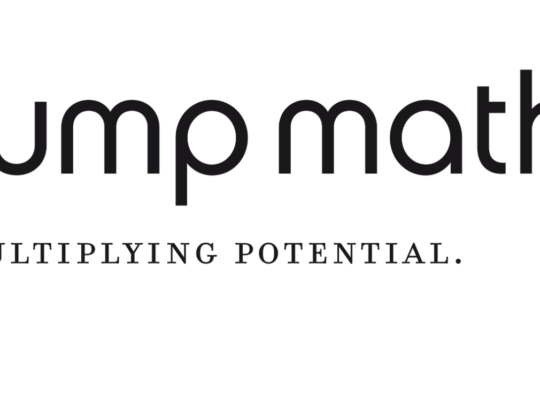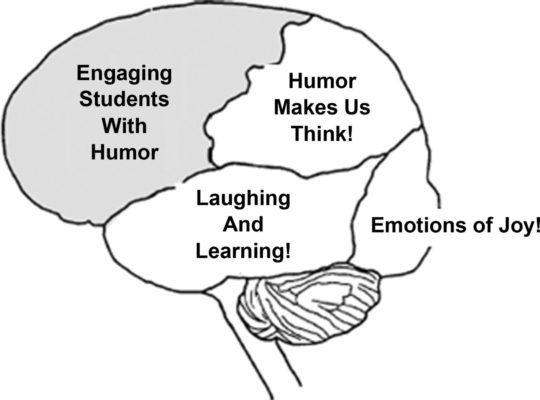There are several benefits of instructors writing their own humor, such as adding a more personalized touch to the humor and better fitting the humor to match the tone and content of the course. To assist instructors with the preparation of original material or to edit the work of others, we describe briefly the process of humor writing. For a more detailed explanation of the techniques and principles of humor writing, instructors can refer to various comedy writing books (e.g., Carter, 2001; Helitzer & Shatz, 2005).
After a topic is identified as a possible humor target, the first step of writing humor is to generate material for possible jokes. Given the difficulty of constructing a successful joke, humor writers use a variety of brainstorming techniques, such as rants, top ten lists, mapping, and stream of consciousness, to generate ideas for potential jokes. We recommend a brainstorming strategy that identifies the associations and disassociations of a topic by listing people, clichés, phrases, and places that are analogous to and opposite of the subject (Perret, 1990).
To illustrate the associations/disassociations technique, we will use the set-up of “Freud’s Pet Peeves.” The process begins with the identification of things associated with Freud (e.g., patients freely associating while on the couch). The next step is to identify the opposites of each association (e.g., patients sleeping instead of talking). By looking at the associations and disassociations of the topic, we could create the following joke: Sigmund Freud’s major pet peeves were patients who fell asleep on the couch, drew on the ink blots, and complained about being charged for free association.
There are many ways to construct a joke, however, the most suitable joke formulas for the online course are word-play and exaggeration. A word-play joke involves the modification of a word, clichés, definition, common phrase, or concept. Examples of word-play pedagogical humor include silly names, funny unit subtitles, oxymorons, and factitious definitions. Word-play is a relatively simple form of humor, and instructors should expect smirks (or moans) rather than big laughs. Also, word-play jokes will only be successful when instructors follow the principle of “knowing your audience” (i.e., students must recognize the word, concept, or phrase that is being reformatted or embellished).
Exaggeration relies on a realistic setup followed by a punch line that overstates or understates the premise. Instructors can use exaggeration for self-deprecating humor or to distort numbers, concepts, phrases, findings, or theories. Exaggeration is an especially effective tool for transforming existing topics into setups that provide the opportunity to write humor that is more powerful.
The final step of humour writing is to edit the joke by following the four principles of “aggressive editing” (Sankey, 1998). First, a well-constructed joke is simple, clear, and uses as few words as possible (especially in the punch line). The goal is to get to the joke as soon as possible, and academicians frequently violate this principle by overwriting (as illustrated by this paper). Second, the funniest part of the punch line occurs at the last possible moment. Delaying the funniest wording until the end of a joke increases the tension that is necessary to produce surprise and laughter. Third, key words in the punch line do not appear in the setup, and specific terms are considered funnier than generic phrases (e.g., Tropicana is deemed funnier than orange juice). Fourth, any sequence of words, phrases, or jokes is always grouped as a set of three items. The “triple” is the foundation of many classic jokes, such as the “priest, minister, and rabbi” jokes, and the cadence produced by grouping three items is considered the ideal format for structuring and delivering a joke.
Source: https://radicalpedagogy.icaap.org/content/issue8_2/shatz.html






